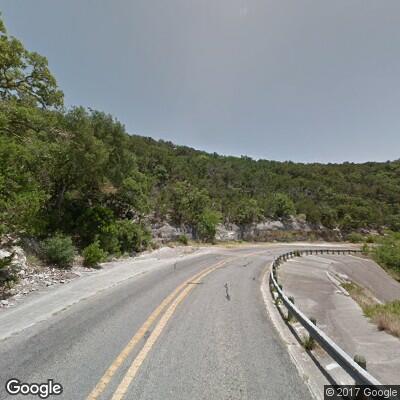
Route Summary
One of the most popular motorcycle routes in the state, FM 335, FM 336, and FM 337, make up the “Three Sisters” through the beautiful Texas hill country. The loop travels around the Frio River and up large mountainous hills. There are plenty of sharp turns that even the most experienced riders will have to navigate carefully. Riders can stop at the Frio Canyon Motorcycle Stop in Leakey to take in the views and grab a bite to eat.
This route had fatal and incapacitating crashes between 2010 – 2023. In Texas, drivers are not assigned “at fault” in a crash, but law enforcement can assign ‘factors or conditions’ that contributed or may have contributed to a crash. Multiple ‘crash factors and conditions’ can be assigned to one, some, or all vehicles involved in a crash.
The following tables represent data extracted from the Texas Department of Transportation’s Crash Records Information System (TxDOT’s CRIS).
| Safety (2010-2023) | |
|---|---|
| Crashes | |
| Fatalities | |
| Serious Injuries | |
| Top Weather Crash Condition | |
| Top Lighting Crash Condition | |
| Top Road Crash Condition | |
Crash Narrative Summary
The following list is a summary of the crash events and conditions that have been described by officers investigating crashes along this route. The investigating officer provides his/her opinion of how the crash happened and will emphasize or explain, as necessary, any pertinent facts that are not fully explained elsewhere on the crash report. This section is meant to supplement the above data tables by providing further insight and “clues” into what factors and conditions contributed or may have contributed to crashes along this route.
- Several crashes involved motorcyclists failing to properly initiate a curve and going straight or running wide and off the roadway.
- 10% of crashes were multi-vehicle crashes. Of these crashes, 90% had the major factors that contributed to the crash attributed to the motorcyclist. In these crashes, motorcyclists entered a curve traveling at an unsafe speed and they crossed into oncoming traffic lanes, colliding with other vehicles or other motorcyclists.
- 11% of motorcyclists did not have a valid motorcycle license.
- 16% of motorcycle riders were not wearing a helmet. Protect your brain, skull, and face by wearing a full face, DOT helmet. Research the gear that is available and buy the best you can afford. Do this before you buy extra chrome for your machine.
- 34% of motorcyclists who crashed along this route struck a guardrail at some point during the crash. Wearing gear is a great way to prevent permanent and painful injuries from a crash. Regardless of what type of motorcycle you ride, or what kind of weather you ride in, the right protective gear is out there for you.
- 90% of crashes were single vehicle crashes. Do not grow complacent when riding in rural areas, or areas without heavy traffic.
- 99% of the crashes occurred along a curve. Many of the curves have posted speed limits of 15 - 20 MPH. In slow turns, keep your feet on the pegs and grip the gas tank with your knees. Excessive speed can lead to worse injuries in the event of a crash.
- Check the tires, control functions, lights and electrics, gas, oil, brake fluid levels, and suspension movement regularly.
- Many crashes occurred during group motorcycle rides. Designate a rider to be road captain before the group takes off. Always keep at least two seconds of following distance between you and the bike in front of you. In the event that the rider in front of you goes down, keep your composure and do not get target fixated on the fallen rider! Their crash may cause you to crash if you are not looking ahead at where you want to go.
- The motorcycle gear industry has come a long way in the last few years. There are a variety of appropriate materials that durable riding pants are made from. If you don’t want to wear heavy leather pants, try a combination of denim and Kevlar.
- There are several rock embankments along this route. 18% of crashes involved the rider striking a rock embankment during or after the crash. Watch for loose rocks or gravel on the roadway.
